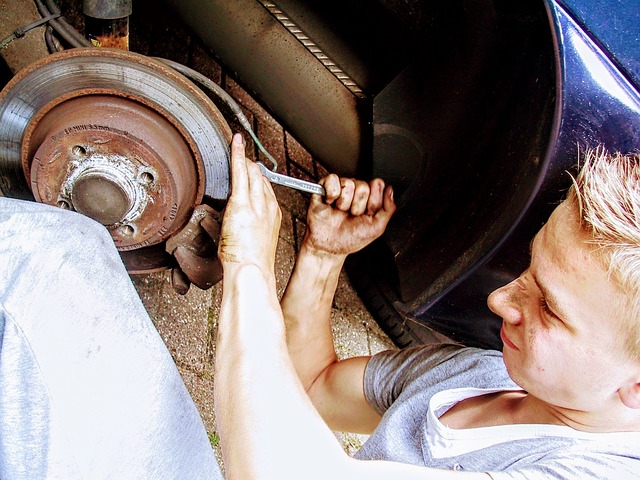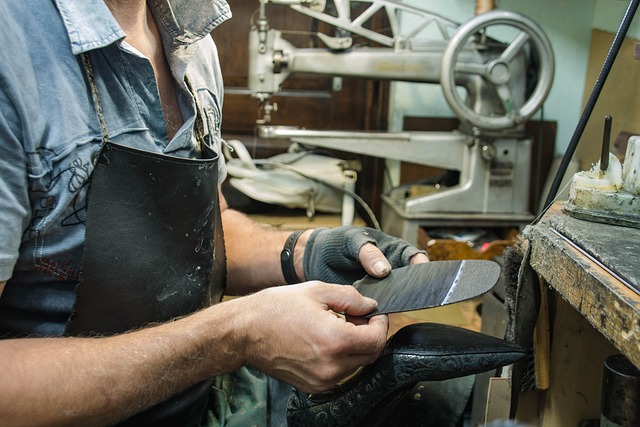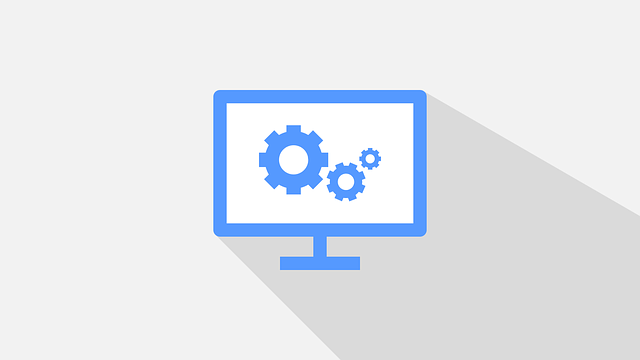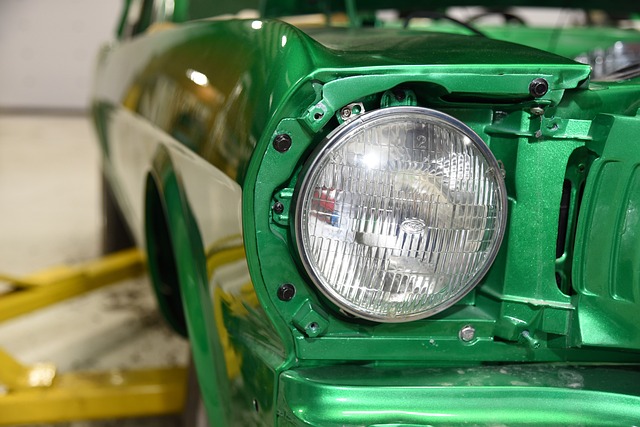Flat roofs offer modern aesthetics but require regular maintenance and expert inspections due to potential leaks, weather damage, or material degradation. Professional inspections involve checking the roofing membrane, flashing, drains, and components for signs of wear like cracks, blisters, or discolouration. Regular inspections prevent costly repairs, ensure roof longevity, and maintain building integrity. These inspections offer early problem detection, improved structural integrity, better energy efficiency, and longer lifespans. Common issues include leaks from worn shingles, membrane cracks, damaged flashing, and drainage problems. Prompt professional inspections are crucial for addressing these issues early, extending roof life, and saving on repairs.
Need a reliable flat roof repair? Professional inspections are key. Learn about the benefits and challenges of these expert assessments, plus essential tools and common issues like leaks and damaged shingles. Discover the step-by-step inspection process, timing considerations, cost factors, and post-inspection maintenance tips. Master these aspects to ensure your flat roof’s longevity.
Understanding Flat Roofs: An Overview

Flat roofs are designed to offer a sleek and modern aesthetic to buildings, often seen in industrial or commercial structures. This style provides an uninterrupted surface, free from the slopes and ridges typical of pitched roofs. However, their simplicity does not imply vulnerability. Flat roofs require regular maintenance and expert inspection due to potential issues like leaks, damage from extreme weather conditions, or degradation of materials used for waterproofing.
A professional flat roof inspection involves a thorough examination of the roofing membrane, flashing, drains, and any other components. Skilled inspectors identify subtle signs of wear and tear, such as cracks, blisters, or discolouration, which may indicate underlying problems. Regular inspections are key to preventing costly repairs, ensuring the longevity of the roof, and maintaining the overall integrity of the building. This process is especially crucial for older structures or those in regions with extreme climate variations, where flat roofs might be more susceptible to damage.
Benefits and Challenges of Professional Inspections

Professional flat roof inspections offer numerous benefits. They help identify potential issues early on, preventing costly repairs and extensive damage. By conducting regular assessments, homeowners can ensure the structural integrity of their properties, maintain optimal energy efficiency, and extend the lifespan of their roofs. Moreover, professional inspections provide peace of mind by offering detailed reports and expert advice tailored to individual needs.
However, challenges exist in this process. Flat roofs are often hidden from immediate view, making them prone to developing problems unnoticed. They may also be difficult to access, especially in low-light conditions or on inclined surfaces. Despite these challenges, the benefits of professional inspections far outweigh the difficulties. Proper maintenance and early intervention can save significant expenses down the line for both residential and commercial flat roof repair.
Essential Tools for a Comprehensive Flat Roof Inspection

When conducting a thorough inspection for flat roof repair, several indispensable tools will aid in ensuring accuracy and efficiency. A high-quality pair of binoculars or a digital camera are essential for examining the roof’s overall condition from a distance, allowing you to detect any visible damage, missing shingles, or signs of water intrusion.
A moisture meter is crucial for assessing the roof’s integrity, as it helps identify areas with excessive moisture buildup, which could indicate leaks or ventilation issues. Additionally, a measuring tape and level will be needed to take precise measurements and ensure the roof deck’s flatness, while a flashlight can illuminate hard-to-reach spots during your inspection.
Identifying Common Flat Roof Repair Issues

Identifying Common Flat Roof Repair Issues
Flat roofs are a popular choice for residential and commercial buildings due to their sleek design and cost-effectiveness. However, like any other roofing type, they require regular maintenance and inspections to identify potential issues early on. Some of the most common flat roof repair problems include leaks, cracks in the membrane, deteriorated flashing, and damaged drainage systems. Leaks can occur due to worn-out or improperly installed shingles, as well as gaps in the sealing material. Cracks in the flat roof membrane can result from age, extreme weather conditions, or poor installation. Flashing, which is the metal or synthetic material that seals the joints between the roof and structural elements, can become damaged over time, leading to water penetration. Lastly, drainage systems, such as gutters and downspouts, must be in good working order to prevent water buildup and potential structural damage. Regular flat roof inspections by professionals are crucial for addressing these issues promptly, ensuring the longevity of the roof, and preventing costly repairs.
– Leaks and Water Damage

One of the most common issues with flat roofs is leaks and resulting water damage. Even minor leaks can cause significant problems over time, leading to structural damage, mold growth, and high repair costs. Flat roof repairs are often necessary due to weak or damaged flashing around vents, pipes, and other penetrations, as well as aging materials like tar and gravel that lose their effectiveness. Regular inspections are crucial for identifying these issues early on, preventing extensive water intrusion, and saving you money in the long run.
– Damaged or Missing Shingles/Membrane

One of the most common issues found during flat roof inspections is damaged or missing shingles/membrane. This problem can lead to significant water leakage and damage to the interior of your property. Flat roofs are particularly vulnerable to harsh weather conditions such as strong winds, heavy rain, and extreme temperatures, which can cause wear and tear over time. Regular inspection and prompt repair of any damaged or missing shingles/membrane are essential in maintaining a waterproof barrier and preventing further complications that could result in costly flat roof repair.
During an inspection, professionals will thoroughly examine the entire roof surface for any signs of damage, including cracks, blisters, or peeling membranes. They will also check for proper drainage to ensure water is not pooling on the roof, which can contribute to shingle wear and tear. Identifying and addressing these issues early on can save you from major repairs and costly replacements down the line.
– Flashing and Ventilation Problems

One common issue with flat roofs is flashing and ventilation problems. Flashing refers to the thin layers of material used to seal joints and prevent water from seeping through cracks. Over time, these can become damaged or deteriorate, leading to leaks that may go unnoticed until significant damage occurs. Ventilation is equally important, as it helps regulate temperature and reduce moisture buildup, which can cause mold growth and structural issues. Inadequate ventilation can lead to trapped heat, causing the roof to expand and contract, potentially weakening its integrity.
During a professional flat roof inspection, experts thoroughly assess these components, ensuring they are in good condition and properly installed. They look for signs of corrosion, loose or missing flashing, and inadequate venting systems. Prompt identification and repair of these issues can save homeowners from costly and time-consuming flat roof repairs down the line.
The Inspection Process Step-by-Step

The inspection process for a flat roof repair begins with a thorough visual assessment. A professional inspector will start by examining the overall structure and condition of the roof from the ground or using access equipment. They look for signs of damage, such as missing or damaged shingles, leaks, mold growth, or structural weakness.
Next, they’ll ascend to the roof itself, meticulously scanning every inch for any issues. This includes checking for proper drainage, inspecting the flashings around vents and chimneys, and evaluating the condition of the underlayment. The inspector may also use specialized tools to detect moisture levels and leaks that aren’t immediately visible. Once a comprehensive analysis is complete, a detailed report outlining the findings and recommended repair or replacement areas is provided.
